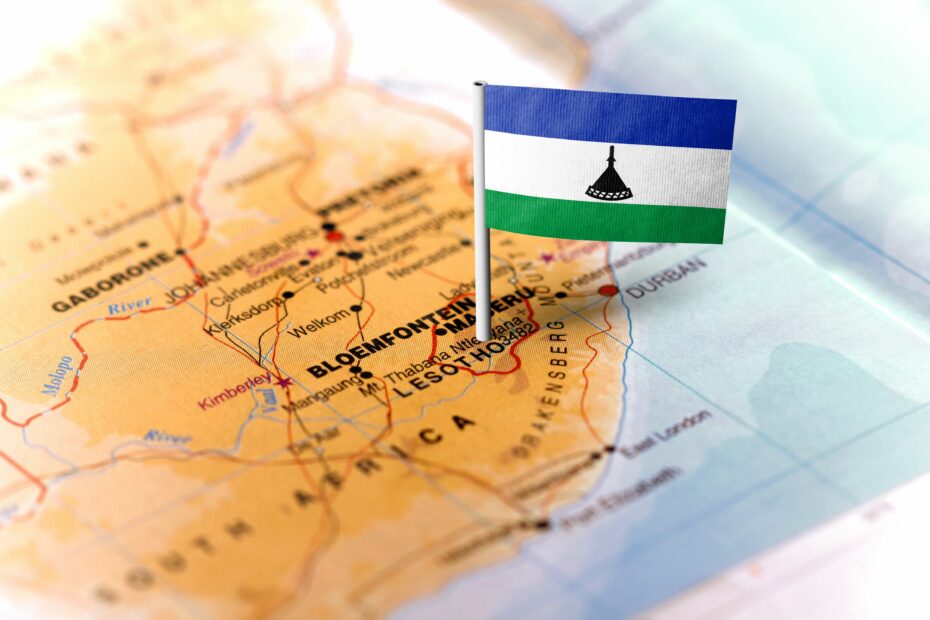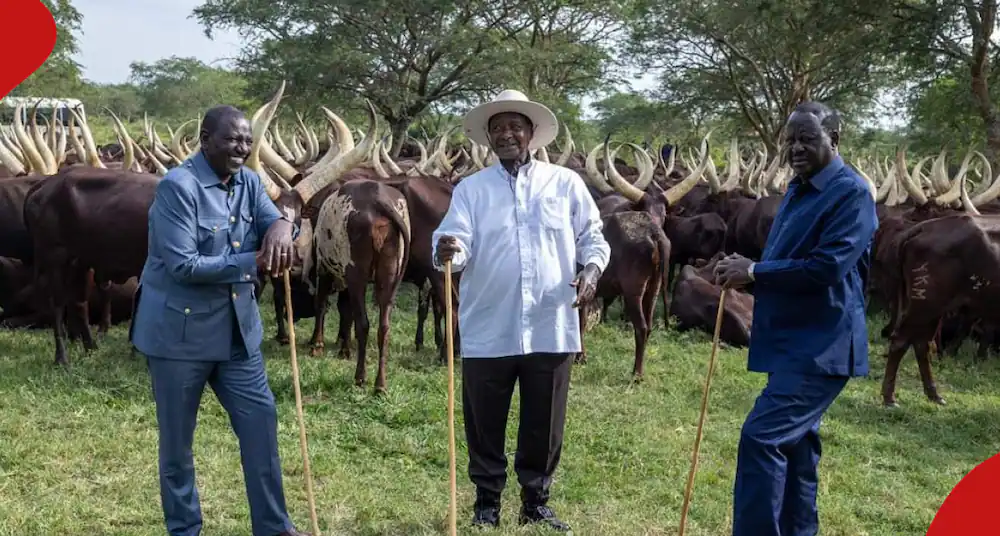Lesotho bears a unique title for being the only country in the world to be completely surrounded by another country, South Africa. This enigmatic and enchanting kingdom, often called the ‘Kingdom in the Sky,’ stands as an island of culture and natural beauty amidst its larger neighbor. Featuring rugged mountains, sweeping valleys, and rich history and tradition, Lesotho offers a captivating tale that weaves together the threads of human resilience and the majesty of nature. Join us as we embark on a journey to explore this remarkable nation.
Geography and Climate
Lesotho is an African nation renowned for its remarkable topography. It is the only country in the world sitting above 1,000 meters, with over 80% of its territory over 1,800 meters above sea level. The stunning Drakensberg and Maloti mountain ranges dominate the eastern and central parts of Lesotho, creating a dramatic landscape that is both rugged and breathtakingly beautiful. Read Also: Exploring the African Diversity: A Glimpse into Each Nation
The climate of Lesotho is classified as temperate highland, characterized by two distinct seasons – summer and winter. Summers, from November to April, are warm with frequent afternoon showers, while winters, from May to October, are cold and dry, with snowfall common in the highlands. Despite its tropical latitude, the high altitude of Lesotho results in a cooler climate than its surrounding regions, with temperatures often dipping below freezing in winter. The unique geography and varied climate combined make Lesotho a fascinating study of contrasts.

History
The history of Lesotho traces back to the Stone Age, as evidenced by the numerous archaeological sites scattered across the country. The Sotho-Tswana people settled in the region around the 5th century, later giving rise to the Basotho ethnic group. However, it was in the early 19th century that the foundations of modern Lesotho were laid. Amid the chaos of the ‘Lifaqane‘ or ‘Difaqane‘ wars, a period of widespread disruption and displacement in Southern Africa, the Basotho leader Moshoeshoe brought together various refugee groups and forged a cohesive nation. He established his capital at Thaba Bosiu, a natural fortress strategic stronghold during conflicts.
In 1868, facing threats from the Boers and the British, Moshoeshoe sought the protection of the British Crown, and Lesotho became a British Protectorate known as Basutoland. The country gained independence on October 4, 1966, and was renamed the Kingdom of Lesotho. Lesotho’s post-independence period has been marked by a series of military coups and political instability, but the nation has made significant strides toward consolidating democracy and ensuring socio-economic development in recent years.
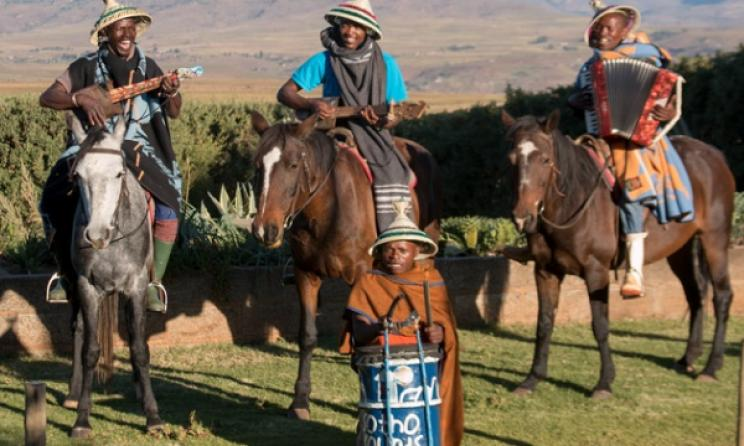
Culture and Traditions
Lesotho boasts a rich cultural heritage deeply rooted in tradition and the rhythms of its natural environment. At the heart of this culture are the Basotho people, whose lives are often intertwined with the cycles of nature, shaping their way of life and belief systems. The traditional woolen blanket, ‘Seshoeshoe’ or ‘Seanamarena,’ and the straw hat known as ‘Mokorotlo’ symbolize Lesotho’s heritage. Read Also: 8 African Countries at the Forefront of Climate Awareness
One of the most distinct features of Basotho culture is the Sotho language, also known as Sesotho, which is widely spoken throughout the country. Music and dance form an integral part of Lesotho’s cultural fabric, with traditional dances such as the “Mokorotlo,” a warrior dance, and “Litolobonya,” a celebratory dance, being central to social gatherings and festivals.
The Basotho are renowned for their craftsmanship, particularly in weaving and pottery. Handcrafted hats and mats showcase intricate patterns reflecting the country’s natural beauty. Cultural events like the Morija Arts & Cultural Festival highlight dance, crafts, and music, showcasing Lesotho’s artistic pulse. The traditional attire of Lesotho, including the ‘Basotho blanket,’ represents protection against the cold and carries significant cultural symbolism.
Cultural ceremonies and rituals also play a pivotal role in Basotho society. An important rite of passage for boys, for instance, is the initiation ceremony known as “lebollo,” marking the transition to manhood. For girls, the “bohali” or marriage ceremony is a festive event that strengthens community ties.
In Lesotho, respect and unity are highly valued, fostering a sense of community and kinship that transcends individual families and extends to the entire nation. There is a deep sense of pride in their cultural heritage, which remains vibrantly alive and forms the bedrock of Basotho identity.

Food and Cuisine
The cuisine of Lesotho is a flavorful mix of traditional African staples and influences from its British colonial past. The cornerstone of the Basotho diet is ‘papa‘ or ‘posho,’ a starchy dish made from finely ground corn or maize meal, served with various relishes. ‘Morogo,’ a type of wild spinach, and ‘Chakalaka,’ a spicy tomato and onion relish, are common accompaniments to papa.
Meat, especially mutton and beef, feature prominently in Lesotho’s cuisine. ‘Seswaa,’ a traditional meat stew, is a favorite at celebrations and special occasions. The meat, typically beef, is slow-cooked until tender and served with papa or fresh cornbread. Another popular dish is ‘Lijane,’ a delicious blend of mashed peas and meat, usually served with papa.
In terms of beverages, ‘Motoho‘ is a beloved staple. This sour porridge drink, often enjoyed for breakfast or as a refreshing pick-me-up during the day, is made from fermented sorghum. Lesotho also boasts a unique homemade brew called ‘Joala,’ a traditional beer made from fermented sorghum or maize.
Traditional Basotho meals are typically communal, reflecting the strong bonds of kinship and community prevalent in Lesotho’s culture. The cuisine, while simple, is hearty and rich in flavors, mirroring the country’s agricultural heritage and the warm hospitality of its people. Lesotho also shares some culinary practices with its neighbor South Africa, presenting a tasteful mix of flavors to explore.
Tourism and Attractions
Due to its high-altitude terrain, Lesotho often called the ‘Kingdom in the Sky,’ offers many attractions for the discerning traveler. The country’s rugged landscapes, rich culture, and friendly locals make it a unique African destination. The majestic Drakensberg and Maloti mountain ranges are a paradise for hikers and nature enthusiasts, offering panoramic views, refreshing streams, and vast landscapes. The highest peak, Thabana Ntlenyana, stands at an impressive 3,482 meters above sea level.
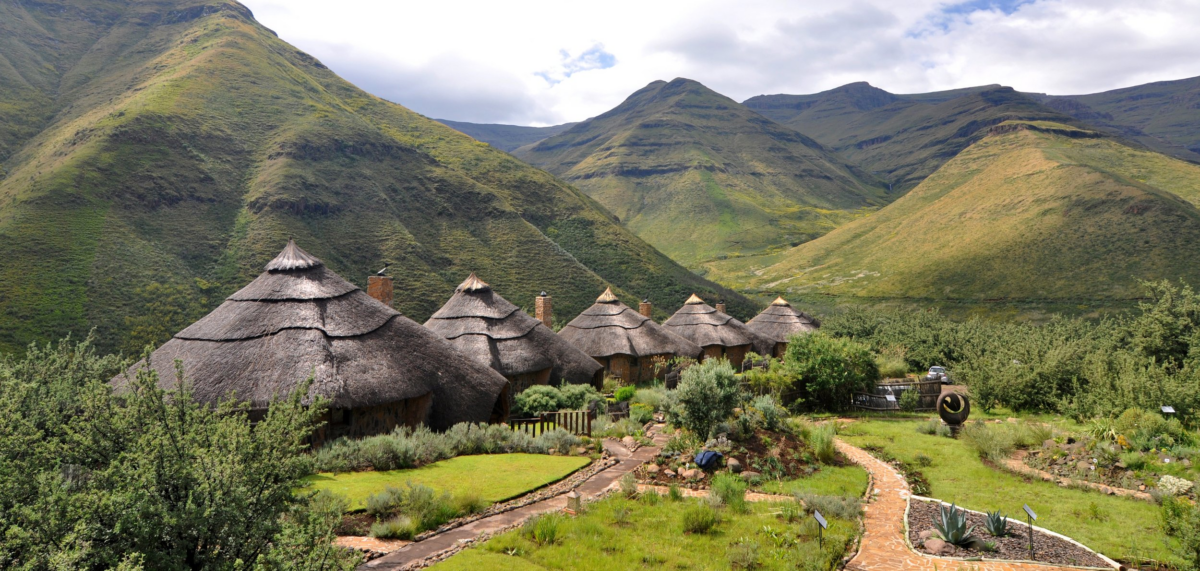
One of Lesotho’s crowning glories is the Maletsunyane Falls, one of the world’s highest single-drop waterfalls. This natural wonder plunges over 190 meters into a beautiful gorge, mesmerizing and captivating visitors. The Thaba Bosiu Cultural Village offers insight into the Basotho people’s history and customs, while the Morija Museum & Archives houses an extensive collection of artifacts, photographs, and historical documents.
Adventure seekers are in for a treat in Lesotho, with opportunities to go pony trekking on the Basotho pony, a breed renowned for its strength and endurance. The country also offers mountain biking, abseiling, and even skiing opportunities at Africa’s highest ski resort, the Afriski Mountain Resort.
The Sehlabathebe National Park, Lesotho’s oldest national park, is a World Heritage Site known for its unique biodiversity, including rock art, countless wildflower species, and rare birdlife. Here, visitors can explore the ‘rock art’ believed to have been created by the San people over a thousand years ago.
Finally, the splendid landscapes invite hikers to trails such as the Tsehlanyane National Park and nature lovers to the tranquil waters of Katse Dam. The Royal Palace and Mohale Dam are also noteworthy sites for a blend of history and architecture.
Economy
Lesotho’s economy is based on agriculture, livestock, manufacturing, and mining, and it heavily relies on inflows of workers’ remittances and receipts from the Southern African Customs Union. Agriculture employs about 80% of the population, with farming focused mainly on corn, wheat, pulses, sorghum, barley, and livestock. However, productivity has been hindered by a series of droughts, limiting the country’s ability to be self-sufficient in food production.
Manufacturing is another critical sector, particularly the production of garments. Lesotho has become a significant player in the global apparel industry thanks to initiatives like the African Growth and Opportunity Act (AGOA), which provides preferential access to the U.S. market. The textile and clothing sector has created thousands of jobs, significantly boosting the country’s exports.
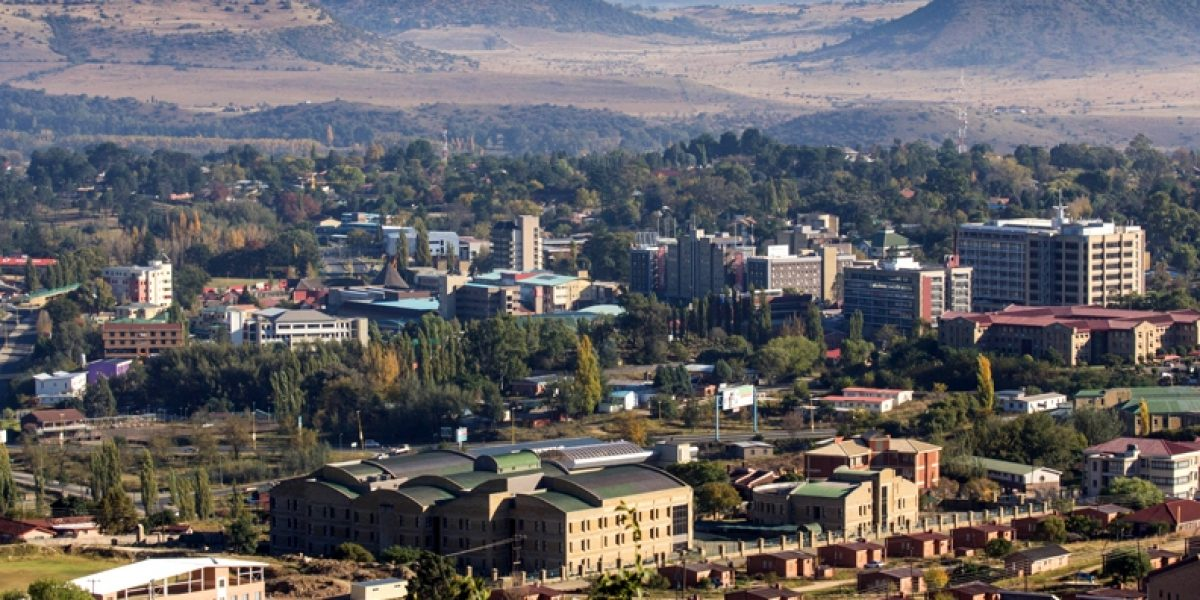
The service sector, particularly tourism, contributes significantly to the GDP. Lesotho’s natural beauty and cultural heritage attract visitors worldwide, providing earnings and employment opportunities. Additionally, Lesotho is known for its spectacular scenery and rugged countryside, which makes it ideal for off-road sports.
Moreover, Lesotho’s economy is closely tied to South Africa, its only neighboring country. South Africa is Lesotho’s primary trading partner, and many Basotho people find employment in South Africa’s mines and industries, contributing to remittances. The country also relies heavily on revenues from the Southern African Customs Union (SACU) and transfers from the South African government.
However, Lesotho faces economic challenges such as high unemployment rates, particularly among the youth, and significant income inequality. The country is trying to diversify its economy and reduce its dependence on South Africa by promoting private-sector development and attracting foreign investment. Infrastructure development, improving education, and addressing health issues are also part of Lesotho’s strategy to enhance economic growth and reduce poverty.

